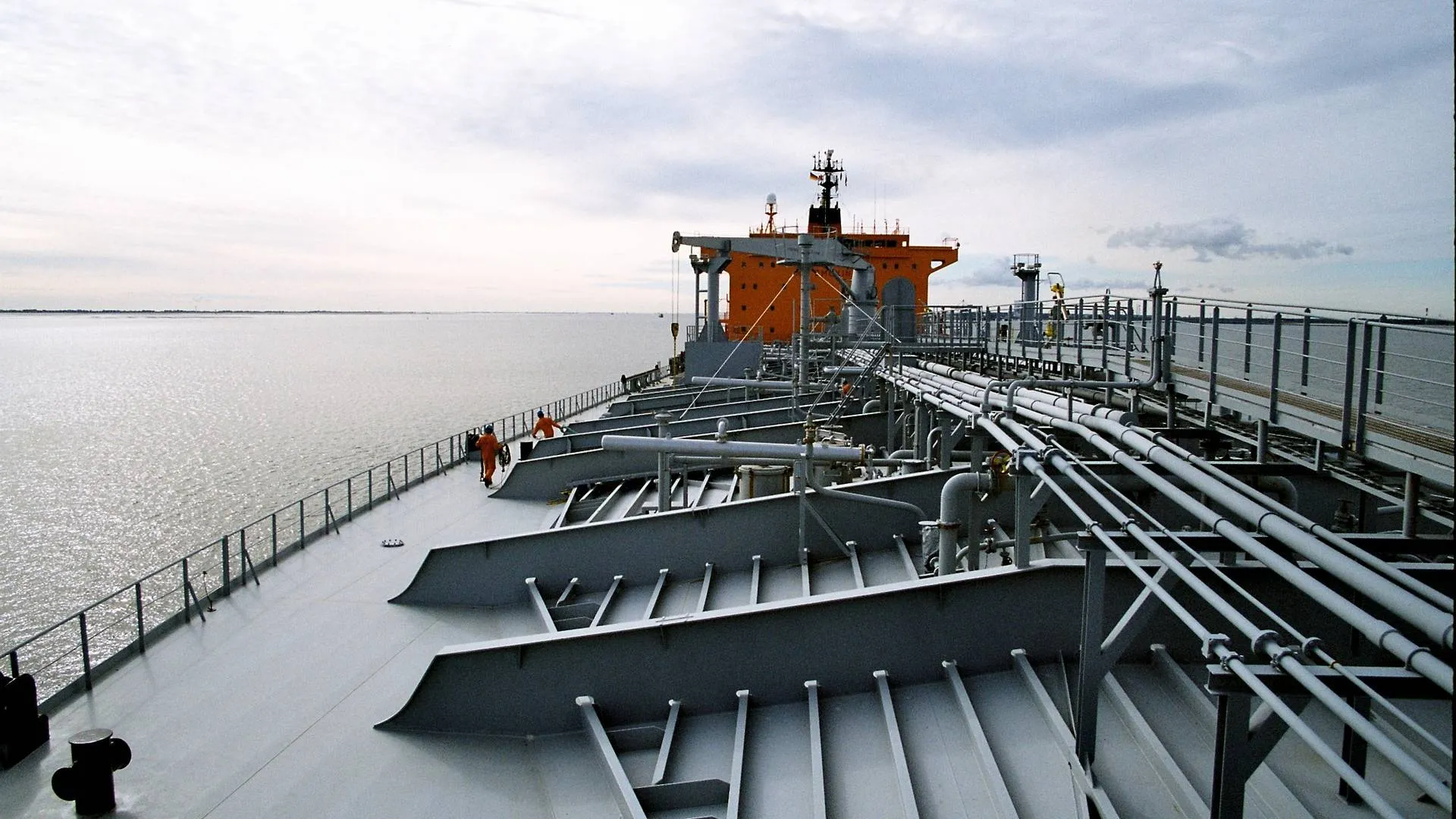As a key land-sea linkage node of the Belt and Road Initiative, Tianjin is the only city in northern China with the overlapping advantages of a free trade zone, a national-level new area, and a comprehensive bonded zone. Currently, Tianjin Port ranks among the world’s top ten ports, with an increasing volume of goods from SCO countries being distributed here, making it a vital hub connecting SCO member states with the global market.
Recently, at the ro-ro terminal of Tianjin Port, over 500 domestically produced vehicles were being loaded onto a cargo ship bound for Karachi Port in Pakistan. Meanwhile, at the neighboring world’s first “smart zero-carbon” container terminal, a container ship was being loaded with more than 200 tons of auto parts, daily necessities, and electronic equipment, ready to depart for Abu Dhabi Port in the UAE.
Zhang Jiang, Deputy General Manager of the Business Department of Tianjin Port Group Co., Ltd., stated that over 88% of large-scale loading and unloading equipment at the port’s container terminals is now automated. As the largest automotive import and export hub in northern China, Tianjin Port currently operates 148 container shipping routes, connecting to over 500 ports in 180 countries and regions worldwide.
In May this year, Tianjin Port also launched a direct China-Europe rail-sea intermodal service to Tashkent, Uzbekistan, further facilitating international logistics channels between Tianjin and SCO member states and injecting new momentum into regional economic and trade cooperation.
Shen Lixia, General Manager of Tianjin Best Express International Freight Forwarding Co., Ltd., explained that previously, shipments from Tianjin to Uzbekistan had to pass through the China-Mongolia-Russia corridor before reaching Tashkent, resulting in longer distances and multiple border crossings. The new route reduces the distance by 800 kilometers and shortens transit times. Additionally, the China-Kyrgyzstan-Uzbekistan railway, construction of which began in December last year, will further enhance trade and economic exchanges with SCO countries in the future.
To deepen economic and trade ties with SCO member states, China has established customs cooperation mechanisms with relevant countries, enabling information exchange, mutual recognition of supervision, and law enforcement assistance, thereby promoting win-win cooperation in more industrial sectors between China and SCO countries.
Wei Xiaojun, Director of the Tariff Department of Tianjin Customs: After the latest revision and upgrade of the China-Pakistan Free Trade Agreement, the proportion of zero-tariff goods between the two countries has increased from 35% to 75%.
In the first half of this year, Tianjin’s import and export volume with other SCO-related countries reached 46.64 billion yuan, a year-on-year increase of 6.6%, accounting for 11.7% of the city’s total foreign trade. SCO-related countries have become a significant driver of Tianjin’s foreign trade growth.
(CCTV reporters Ye Huan, Li Jun)





